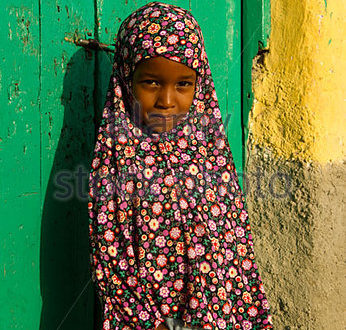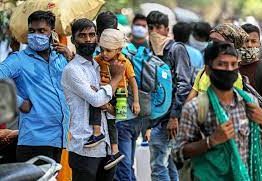The Muslim world is so diverse that familiarity with one or two groups (for me, Turks and Yemenis) doesn’t guarantee expertise with others.
Somalis are a new group for me, and since November I’ve been teaching a majority Somali class. For me, that brings forth surprises—and varying emotions.
Pity was, unfortunately, my first sentiment. My Somali students are vibrant, capable women in their twenties and thirties, but I discovered that many of them did not get a chance to attend much, if any, formal schooling. They are stamped for life by war.
And then came amazement. Many of my students have been in the U.S. for a decade or more. They have somehow become quite conversant in English, not from reading words and writing them down, which they don’t do well, but from listening and trying to speak. Just like small children learn language. I hope some linguist is studying this because, as a recent language learner myself, someone addicted to flash cards, I find it amazing.
My best student, a woman of about 35 named Warsame is, somewhat to my surprise, an emotional intelligence superstar. She welcomed me warmly and is beloved by her classmates and our staff. She glides easily between cultures, and seems to have values that correspond to both. One example: her youngest, the child she brings to our program, is named Adam. That is such a smart bridge name, beloved by both Christianity and Islam. The boy is a tall, handsome three-year-old and she is helping guarantee his acceptance.
Another surprise came last week came while I was working with two of my lower-level students. One, Safa, is proficient in speaking, but not accustomed to reading or writing. The other, Rukia, is a relatively new arrival, and has difficulty communicating.
I gave the pair an exercise in which they wrote out the names of all those in their immediate families. I discovered that Safa has six kids, ranging in age from 2 to 19. “Wow, six,” I exclaimed. “You look so young.”
“I am not young,” she told me. “No,” she repeated. “I am not young. I just have a young face.”
We talked about her oldest child, a girl. She told me her daughter is living with relatives in Texas and attending college. “She doesn’t like Minnesota weather,” Safa smiled.
The next day, the pair was working on writing the days, months, and years. I asked them to write down today’s date and then some other dates important to them. “For example, when were you born?” I asked.
Rukia hesitated, but Safa replied immediately, “1984.”
“Oh. Then you’re the same age as my daughter!” I exclaimed. I stood for a moment, looking at Safa as if trying to see generational similarities between her and my daughter. And then I remembered the conversation from the day before, and realization hit me full in the face.
The concept was too much to think about in the middle of class, but it haunted my thoughts for the next 24 hours. Safa is 32 years old. She has a 19-year-old daughter.
A thirteen-year-old who had a baby. She was probably married at 12.
A 32-year-old woman who insists, “I am not young.” I felt so sorry for her.
But then: the daughter born to that thirteen-year old is single, without children, and working toward a college degree.
Back in the 1980s, Minnesota received a large influx of people from Laos. They are called Hmong. I didn’t work with them, but I remember news reports about the primitive, mountain conditions the Hmong came from, and how (this was reported over and over) the Hmong did not have a written language.
The Hmong have done fine in Minnesota. Their first American-educated generation is now grown and productively employed. Some are leaders, a few have become legislators. Somalis are following the same path as the Hmong. Everything is going to be okay. But still, there are times in my classroom that I want to sit down and weep for my students.



